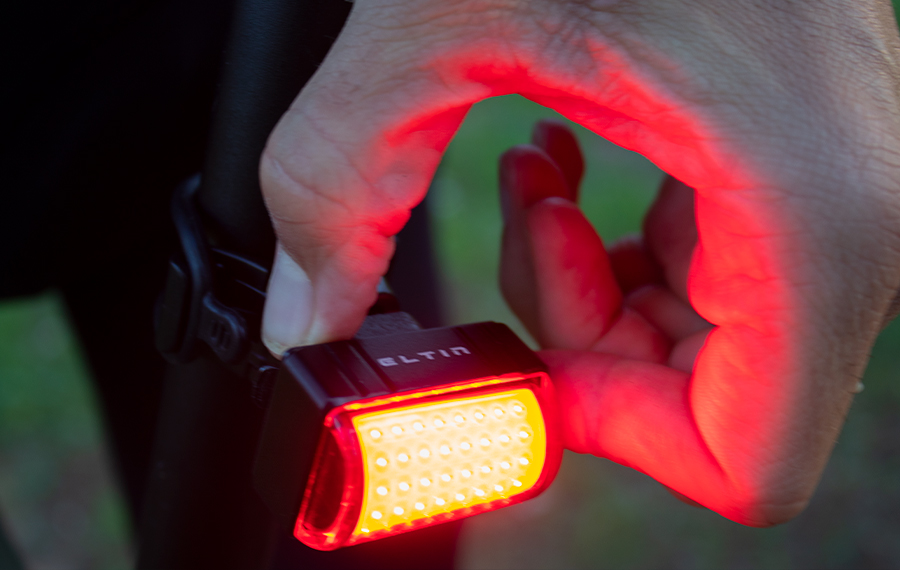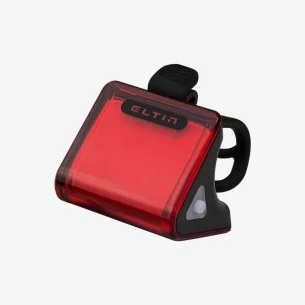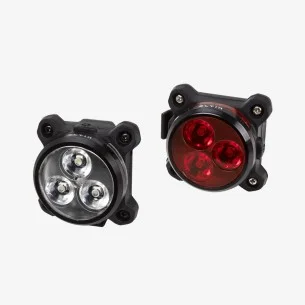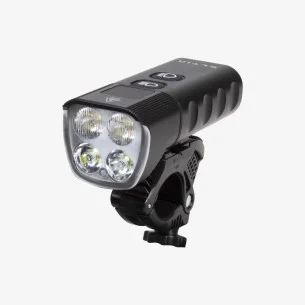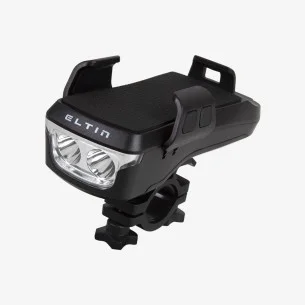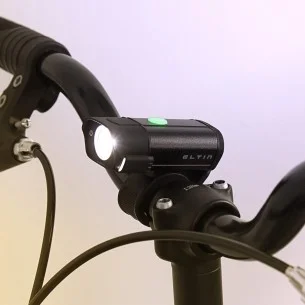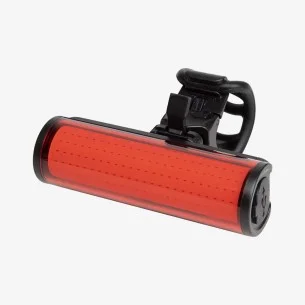First of all, in order to assess the power of a particular bike light, you need to know how it is measured and what that measurement means. In this case, we refer to the lumen (lm). One lumen is a unit of the International System of Units and measures the luminous flux of a light source. It is the way in which most manufacturers indicate the power of their lights and, although it is very useful as an approximation, other factors that influence the actual power must be taken into account.
In this sense, bear in mind that there is no single system for calculating lumens, so sometimes this measure is not very effective when comparing lights from different manufacturers. Our recommendation is that, as far as possible, you make sure the light is as powerful as you need by checking additional references, reviews and even testing its brightness first-hand.
The output angle of the light source and its reach also affect the power. And this is largely influenced by the reflector (everything surrounding the light source), the lens itself and the number of LEDs. Speaking of LEDs, it is worth highlighting their progress in lighting, making it possible to achieve the same light output with much lower consumption.
At Eltin, as you can see in our extensive catalogue of bike lights, all lights are measured in lumens, always seeking maximum accuracy between specifications and real performance. That is to say, the power expressed in lumens always matches its actual performance. In addition, you will find many other specifications that will be very helpful: modes of use; number and type of LEDs; weight; component materials; battery type, capacity and duration in different modes; dimensions; and dust, object and water resistance certification. All this along with product images from different angles.
Once you know all this, we can move on to the recommended power levels depending on how you use your bike. Let’s get to it!
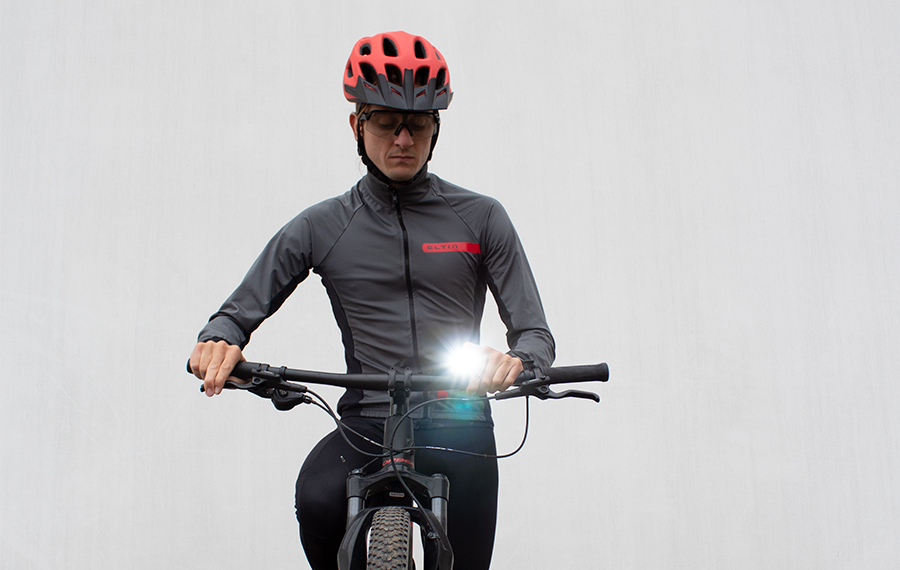
.jpg)
.jpg)
